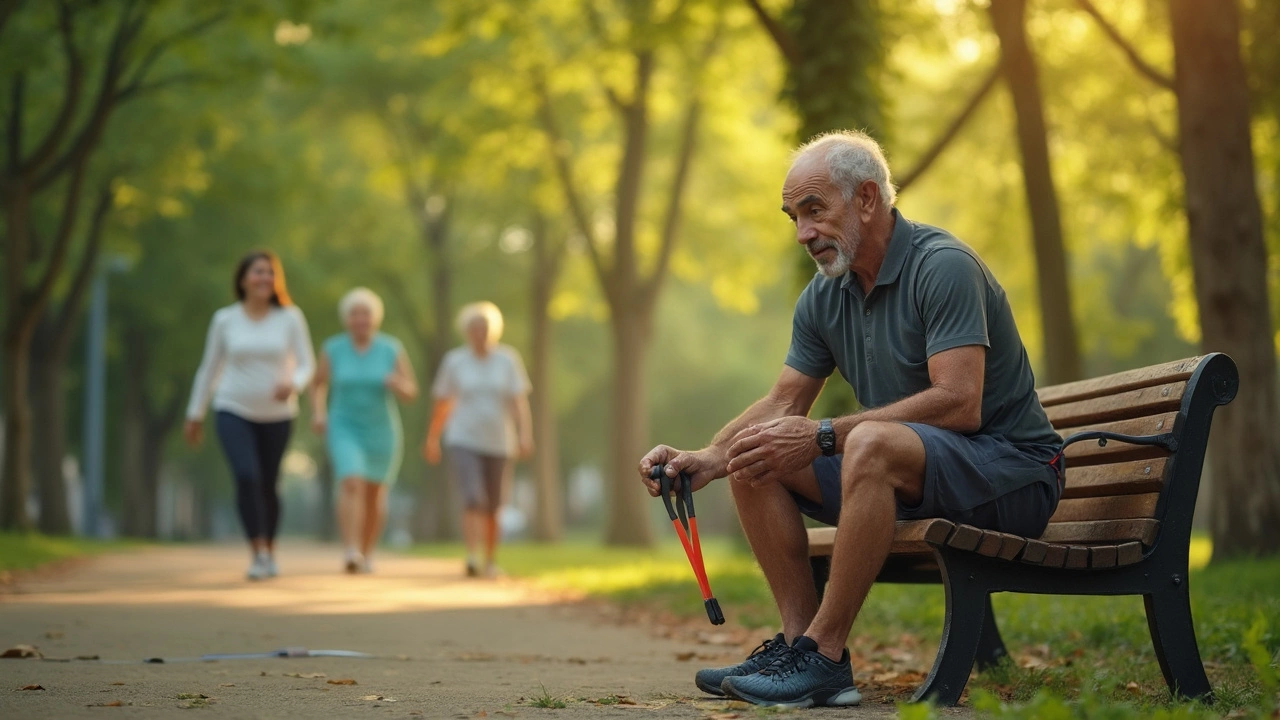Knee Pain: What’s Happening and How to Feel Better
If your knee aches after a walk, a stair, or even while sitting, you’re not alone. Knee pain is one of the most common aches people talk about, and most of the time it’s not something serious. The key is to figure out why it hurts and what you can do right now to make it stop.
Common Causes of Knee Pain
First, think about what you’ve been doing lately. A sudden twist, a fall, or running on hard ground can bruise the joint. Overuse from long runs, squats, or standing all day can wear down the cartilage and cause a dull ache. Age‑related wear, like osteoarthritis, shows up as stiffness that gets worse in the morning. Even tight muscles around the thigh or calf can pull on the knee and create pain.
Practical Ways to Ease Knee Pain
Start with the RICE method: Rest, Ice, Compression, and Elevation. Rest the leg for a day or two, apply an ice pack for 15 minutes three times a day, wrap the knee with a light bandage, and prop it up on a pillow. Over‑the‑counter pain relievers such as ibuprofen can cut inflammation, but only use them as directed.
Gentle exercises help too. Quad sets (tightening the thigh muscle while the leg is straight) and straight‑leg raises build support without bending the joint. Hamstring stretches and calf rolls keep the muscles flexible, which reduces strain on the knee. Do each movement 10‑15 times, twice a day.
Weight matters. Extra pounds push more force onto the knee every step you take. Losing even a few kilograms can lower the load and cut pain. Choose shoes with good arch support; old sneakers or high heels often make the problem worse.
If the ache stays more than a week, gets worse at night, or you notice swelling, it’s time to see a doctor. They can check for ligament tears, meniscus damage, or more advanced arthritis. Early diagnosis means you can avoid surgery and get the right physiotherapy plan.
For people who eventually need a knee replacement, recovery tips like moving early, doing guided exercises, and watching your diet can speed things up. Our article on “Fastest Recovery Tips After Knee Replacement” breaks down the steps you’ll need when that day comes.
In short, most knee pain can be calmed with simple home care, smart exercise, and a few lifestyle tweaks. Keep an eye on the signs that need professional help, and you’ll likely stay active without the constant ache.






